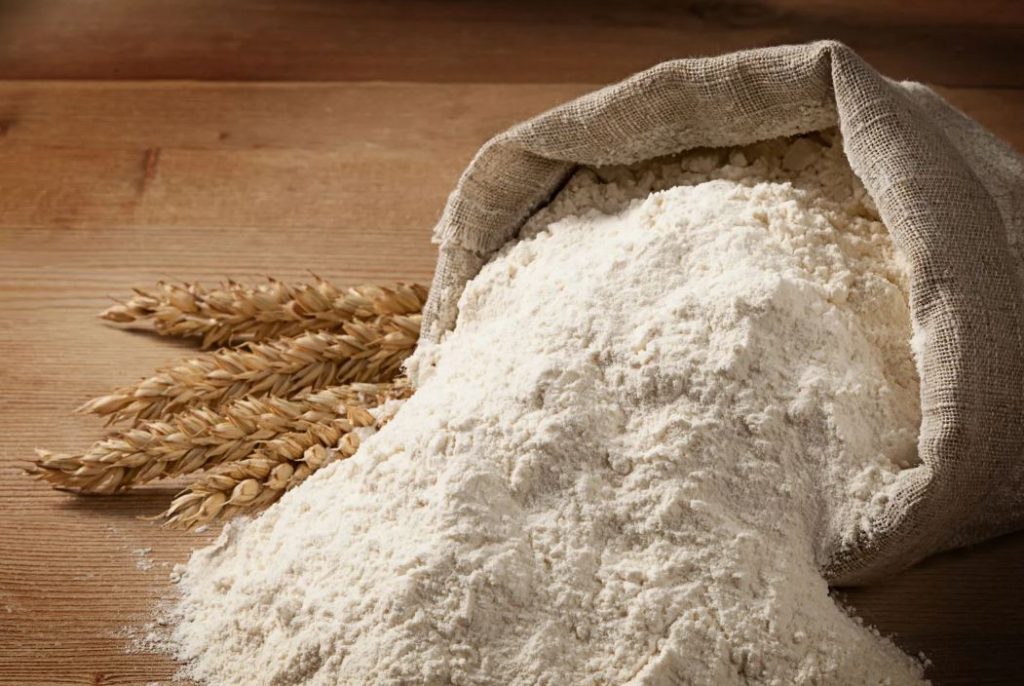Many everyday foods appear harmless, but certain types can cause issues if they’re not stored, prepared, or eaten correctly. Some items that seem completely harmless may contain natural chemicals, bacteria risks, or hidden ingredients that make them less safe than expected. Understanding these details can help people make better choices and avoid unnecessary problems.
1. Soft Cheeses Made From Raw Milk
Soft cheeses such as brie, camembert, or certain imported varieties can sometimes be made with unpasteurised milk. When milk hasn’t been heat-treated, it may carry bacteria that can grow during the cheese-making process. While many people enjoy these cheeses without issues, they can pose a risk for individuals with weaker immune systems or for people who may be sensitive to bacteria. Choosing products made from pasteurised milk is usually a safer option.

2. Undercooked Eggs
Eggs are a basic ingredient in many meals, but when they’re eaten undercooked—like in runny yolks, homemade mayonnaise, or certain desserts—they may still contain bacteria on the inside or outside of the shell. Cooking eggs thoroughly lowers this risk. Many recipes now recommend heating mixtures that contain raw eggs or using packaged pasteurised egg products instead.
3. Pre-Cut Fruits and Vegetables
Fruit trays and pre-cut vegetables are convenient, but they require careful handling. Once produce is sliced, surfaces are exposed to air and potential contamination. If these foods are not chilled properly or if they sit at room temperature for too long, bacteria can grow quickly. Buying whole produce and cutting it at home is often safer, especially when planning to store it for more than a day.
4. Sprouts
Raw sprouts like alfalfa, mung bean, and radish sprouts may look fresh and healthy, but they grow in warm, moist environments—exactly the conditions that allow bacteria to multiply. Because sprouts are usually eaten raw, any bacteria present remain on the food. Cooking sprouts eliminates most of this risk.
5. Certain Types of Fish
Some fish species naturally contain higher levels of mercury, while others can develop toxins if they’re stored at the wrong temperature. Large predatory fish like swordfish or certain types of tuna often contain more mercury due to their size and diet. Eating a variety of seafood and choosing smaller fish can help limit exposure to these substances. Proper refrigeration is also essential to keep fish safe.
6. Unwashed Leafy Greens
Salads are widely considered healthy, but leafy greens can carry dirt and bacteria trapped between layers of leaves. Even pre-washed packages may still contain small amounts of contaminants. Washing greens under running water before eating them helps reduce this risk. Storing them properly in the refrigerator also slows the growth of unwanted microorganisms.
7. Raw Flour
Flour is often assumed to be safe because it looks dry and clean, but it comes from grains that can be exposed to bacteria before they’re turned into powder. Raw flour isn’t heat-treated, so it can contain bacteria that only die when baked or cooked. Because of this, eating raw dough or batter isn’t recommended, even if eggs aren’t included.

8. Deli Meats and Cold Cuts
Sliced meats can sit for long periods in refrigerators at stores and at home. When stored for too long, they may allow bacteria to grow. Heating these meats until they’re steaming hot helps reduce that concern. Consuming them shortly after purchase and keeping them properly chilled also helps maintain safety.
Making Safer Food Choices
Most of these foods are perfectly fine when handled correctly. The key is understanding how preparation, storage, and temperature can affect safety. Staying informed and taking simple precautions—like washing produce, cooking thoroughly, and keeping food cold—can make everyday meals safer and healthier.

















